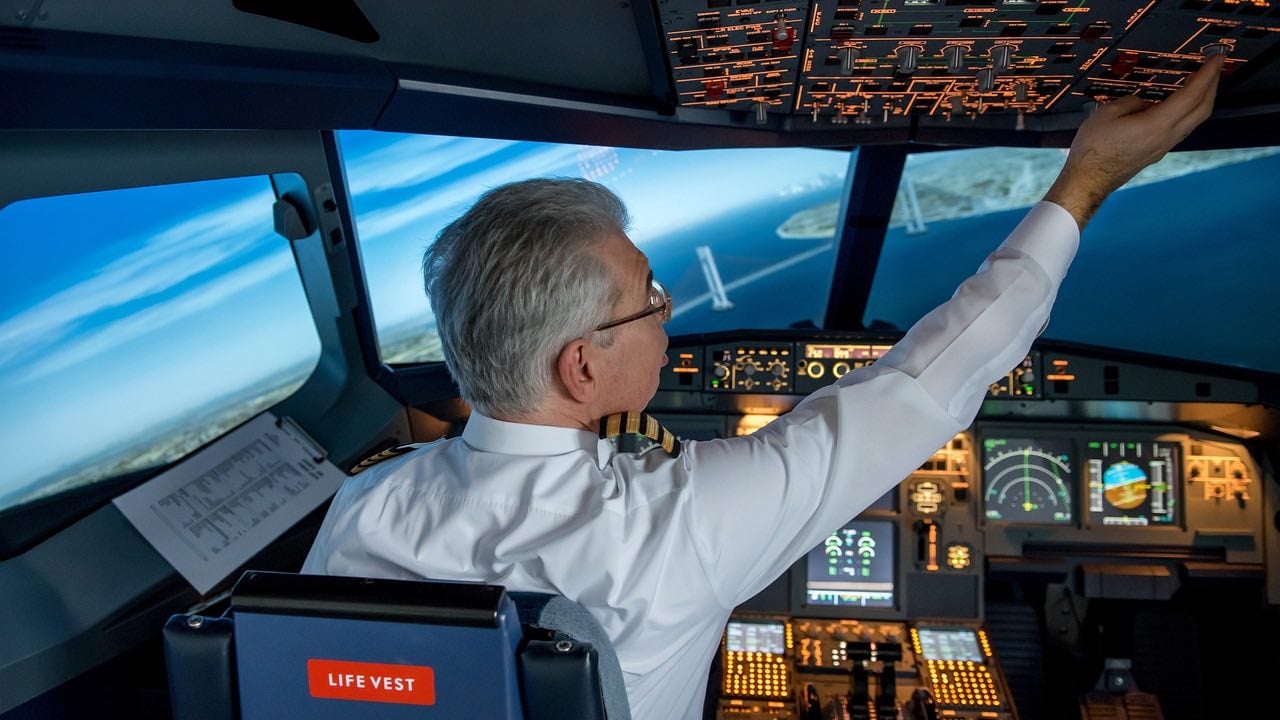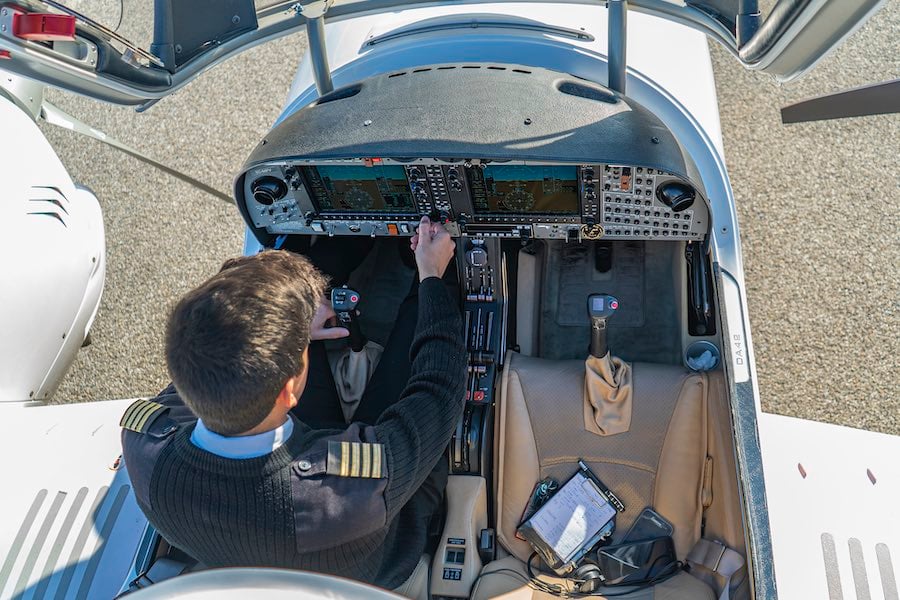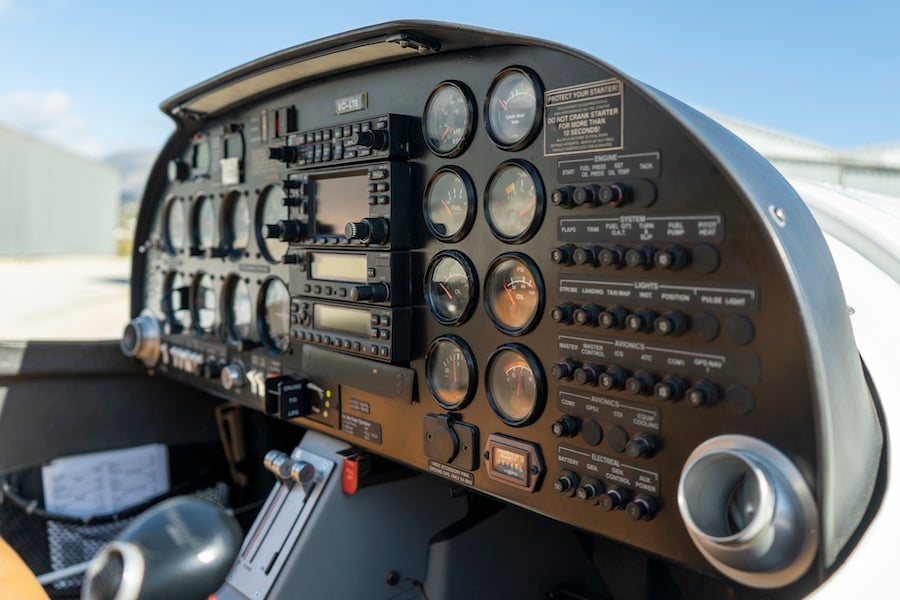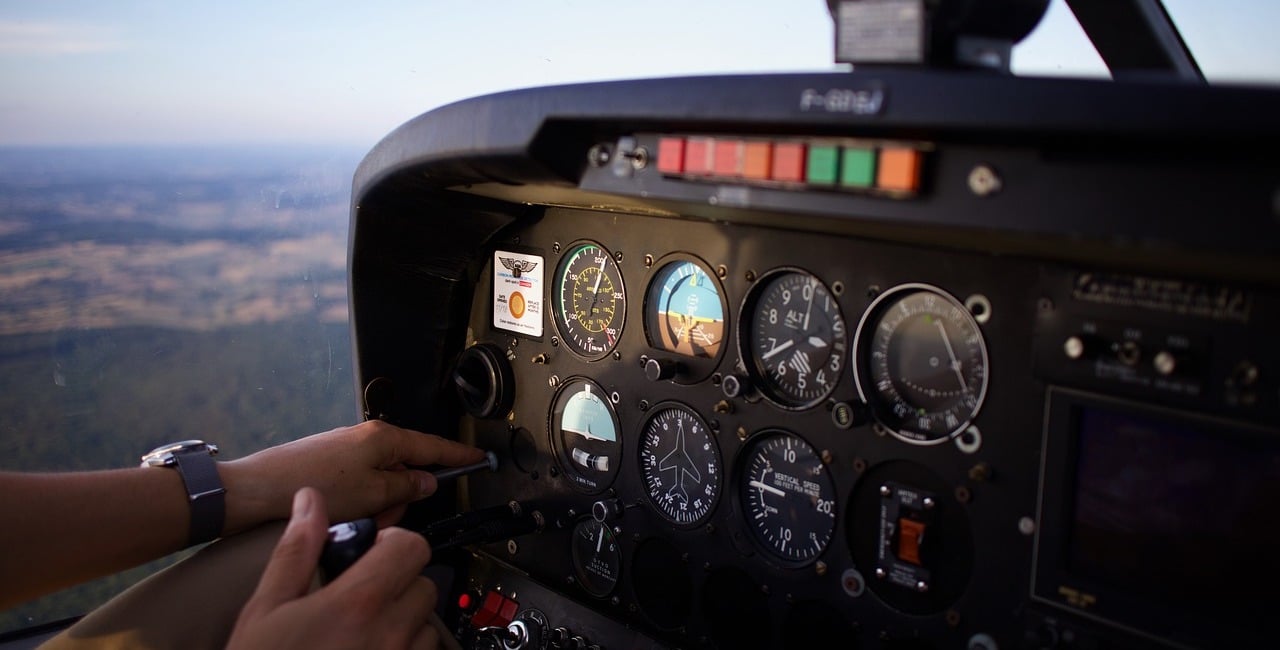Firstly, the cockpit is the exclusive domain of trained flight personnel, mainly the captain and the first officer, who work in tandem to navigate and control the aircraft. The captain, or pilot-in-command, bears the ultimate responsibility for the safety of the flight, whereas the first officer, also known as the co-pilot, assists and shares in the flying duties.
Beyond flying, cockpit crew members are also responsible for communicating with air traffic control. In addition, they make decisions in response to weather changes or system malfunctions, and managing any emergencies that arise. Their role requires a comprehensive understanding of the aircraft’s systems, impeccable judgment, and often, years of experience in the sky.






